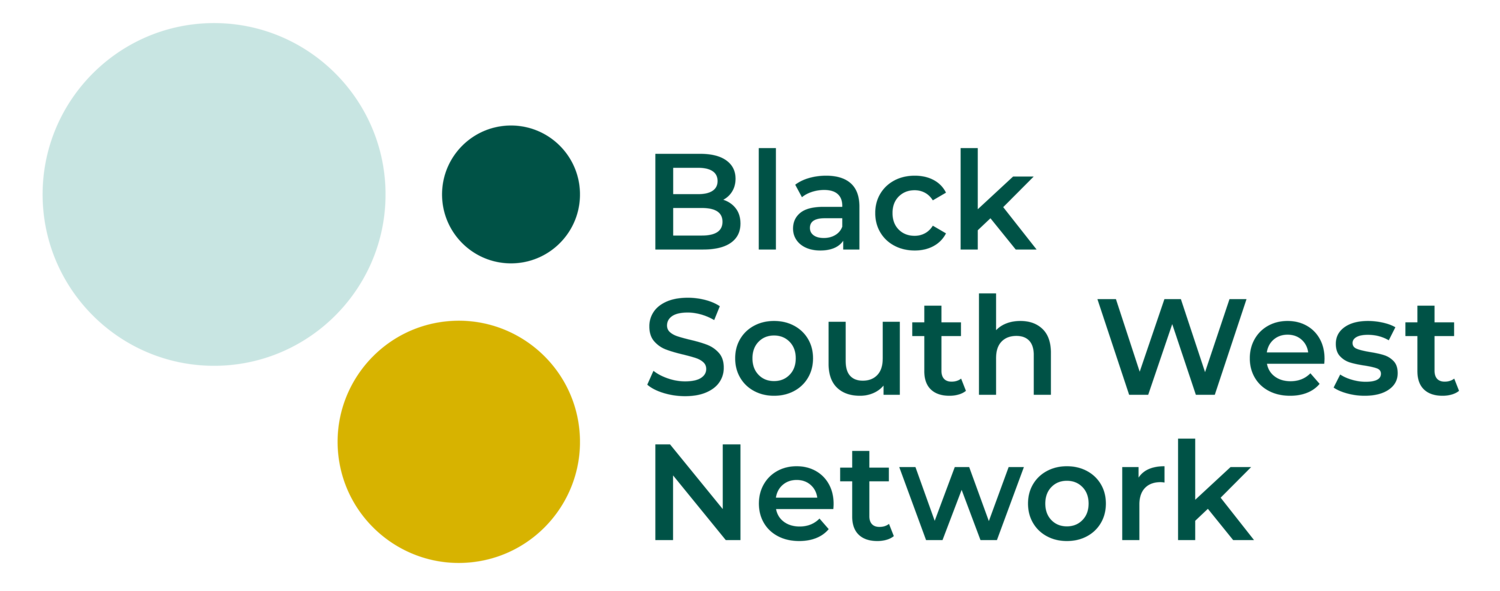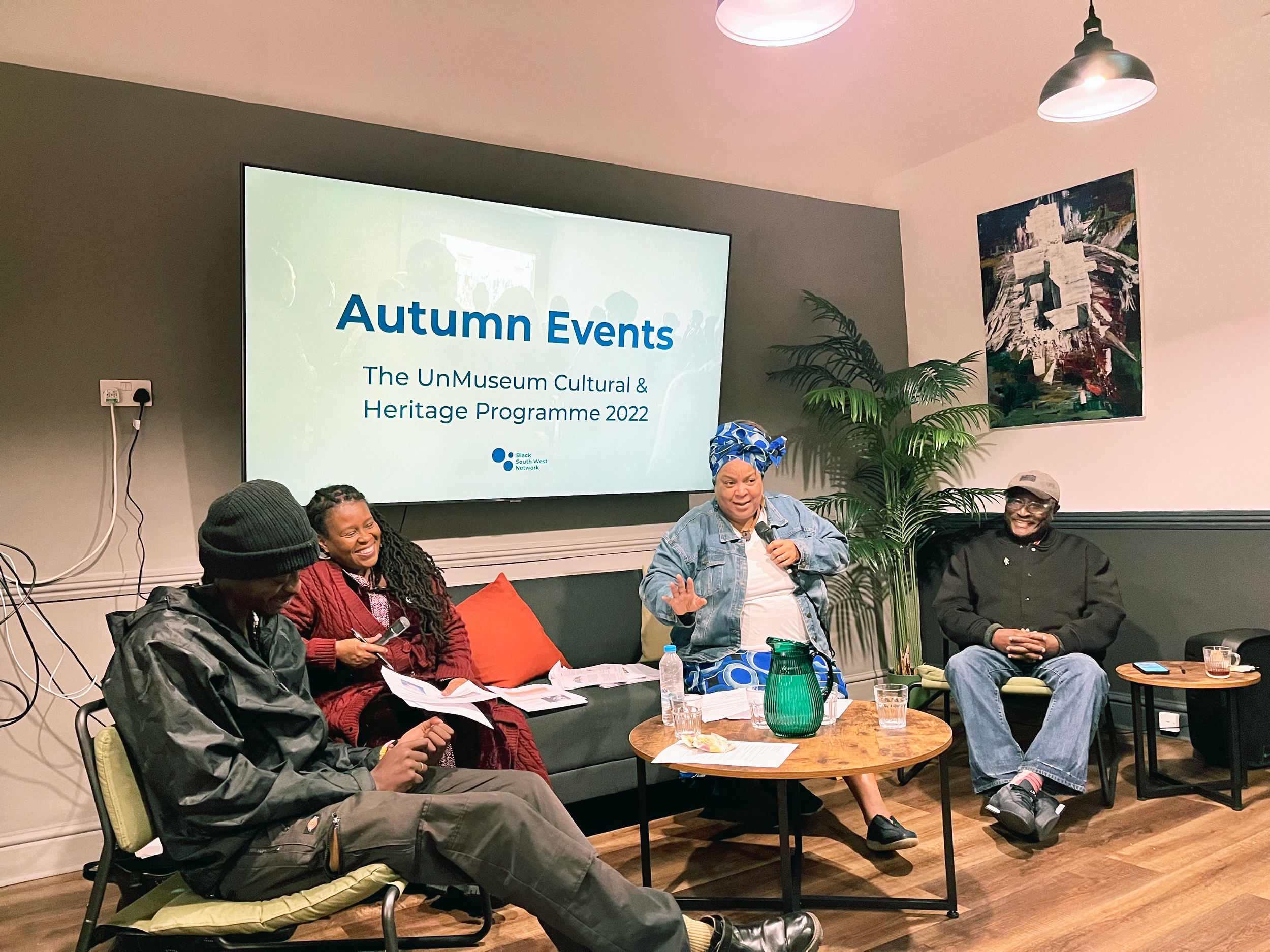““The victim who is able to articulate the situation of the victim has ceased to be a victim: he or she has become a threat.” ”
On Wednesday 7th December, we held the fourth and final event in our UnMuseum Culture & Heritage Programme autumn events. I Am Witness: The Role of Testimony in the Reparatory Justice Process. A highly reflexive, conscious dialogue between panellists and the audience, the role of testimony and truth in cultural reparations was elucidated. In doing so, full definitions of reparatory justice, testimony, and the role of digitisation in regard to these processes were given.
Image of Angelique Retief, Senior Policy Officer introducing the audience to the panellists, from left to right Kobina Amokwandoh, Esther Stanford-Xosei, Jendayi Serwah, and, Madu Ellis.
An introduction was given by Angelique Retief, Senior Policy Officer, about the significance of the UnMuseum in challenging physical cultural heritage and reclaiming the intangible that is often forgotten. In this panel discussion this sentiment was furthered and developed into a need to reclaim the modes by which the intangible can be transmitted; a rememberment must be achieved in conjunction with the retrieval of language and thought in what is called cognitive justice, only then can we begin to address testimony and thus, begin a Global reparations process.
The panel consisted of Madu Ellis (Afrikan ConneXions Consortium), Esther Stanford-Xosei (Pan-Afrikan Reparations Coalition), and Kobina Amokwandoh (Global Majority vs Uk government campaign).
Image of Kobina Amokwandoh reflecting on what defines reparations.
Jendayi Serwah, Independent Consultant and BSWN Associate, facilitated the evening’s conversation fielding questions and topics to the panellists relating to their own experiences and positions within racial justice and social change. First, Kobina Amokwandoh was asked to define reparations. He laid out that reparations are not just about compensations for loss or damage to people, but a full reclamation of the sovereignty of our peoplehood; “who is going to pay reparations to our souls?”
Therefore, as Esther Stanford-Xosei explained this must be a holistic remedy to redress group-based injustice in the restitution of the tangible and intangible, putting “back to who we are.” Kobina ratified this by redressing testimony as a question of power, the power of truth.
““In the reparations journey, we are called to be truthtellers. Testimony has to come in how you act, in how you move. Also about practice and praxis, what can we do once we leave this place to ensure we are building power and this doesn’t become an isolated conversation.” ”
In a line of dialogue about how testimony in reparational processes relates to digitisation Madu-Ellis talks about the individual path of learning, specifically using radio as a medium for communication to hear truths from the “ordinary person who tells you something that you didn’t think about”.
The dialogue revealed reparations as a world remaking project, thus three main ways reparations policies occur:
Direct revolution.
Liberal democracies, lawsuits, court action. (The system of law is used to reinforce conquest).
Truth commissions or truth inquiries.
Image of the panellists at the end of the panel discussion, from left to right Kobina Amokwandoh, Esther Stanford-Xosei, Jendayi Serwah, and, Madu Ellis.
As we brought the autumn series of events and panel discussions to a close, we reflected on the powerful narrative that has emerged. Together, we explored an approach to the UnMuseumification of cultural heritage, interweaving ideas and perspectives to create something truly special.
All of our events will be available online very soon.




